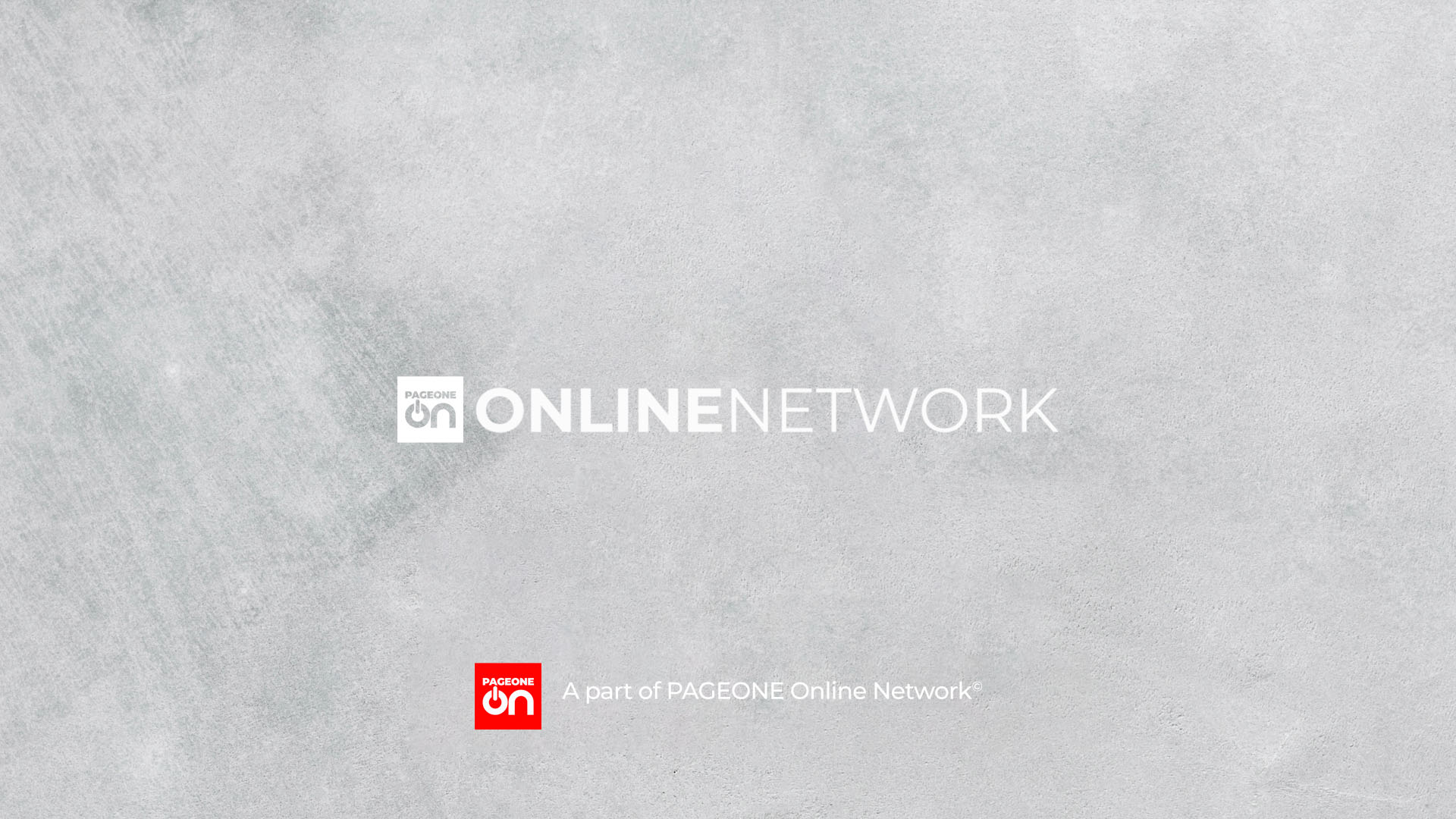Closeup of the sabeel fountain, 2025. Photo by Aziz Jamal. Courtesy of the Architecture and Design Commission
Closeup of the sabeel fountain, 2025. Photo by Aziz Jamal. Courtesy of the Architecture and Design Commission

- The exhibition is conceived by the multidisciplinary design collective including Alaa Tarabzouni, Aziz Jamal, Dur Kattan and Fahad bin Naif, whose design approach questions, disrupts, and reimagines systems of access and distribution of water and our relationship with it.
- The Saudi National Pavilion is defined by a sabeel – a free water fountain and symbol of hospitality deeply rooted in the Saudi Arabia.
- However, within the context of this exhibition, it is no longer just a gesture of goodwill, but a question: Who pays for ‘free’ water? What does it truly cost? And, crucially, if the burden falls on someone else, does it not, in some form, cost everyone?
RIYADH, Saudi Arabia, March 26, 2025 (GLOBE NEWSWIRE) — Saudi Arabia returns to the London Design Biennale 2025 with an exhibition entitled Good Water, from 5–29 June 2025 at Somerset House. Commissioned by Saudi Arabia’s Architecture and Design Commission, this year’s pavilion is curated by design collective including Alaa Tarabzouni, Aziz Jamal, Dur Kattan and Fahad bin Naif, who bring together their multidisciplinary backgrounds in architecture, design and the arts, for an exhibition that questions, disrupts, and reimagines systems of access and distribution of water, and our relationship with it.
The curatorial concept of Good Water responds to this year’s theme for the London Design Biennale, ‘Surface Reflections’, which explores how ideas are fuelled by our internal experiences, external influences and personal histories. The Saudi Pavilion is defined by a sabeel – a free water fountain, a symbol of hospitality deeply rooted in the Saudi Arabian tradition. Traditionally, these fountains are scattered across the country, providing water to passersby embodying a communal ethos of generosity. Yet, within the context of this exhibition, the sabeel is no longer just a gesture of goodwill, but a question: Who pays for ‘free’ water? What does it truly cost? And, crucially, if the burden falls on someone else, does it not, in some form, cost everyone?
The sabeel, as a concept, carries a deep contradiction: while it offers water freely, the reality is that the water is not free at all. Every sip is made possible by a complex system of labour, energy, and economics. Potable water is extracted through costly processes, imported in plastic bottles, or transported through networks that demand maintenance and oversight. The cost is distributed across various actors – governments, corporations, workers – but ultimately, it is a cost that all must bear. Even those who do not pay for water directly still share in its long-term consequences. The sabeel in the pavilion, therefore, is more than a functional object—it is a symbol of interdependence. It highlights the tension between generosity and cost, between access and consequence.
Alaa Tarabzouni, Aziz Jamal, Dur Kattan and Fahad bin Naif comment: “The pavilion uses familiar elements to draw attention to water’s hidden economies, encouraging the visitors to drink with awareness, to acknowledge the price, and to understand that while the cost of free (good) water is borne by someone else, it truly costs everyone. In cities where sabeel are commonplace, their presence is often taken for granted, their function seen as a simple act of public service. But by relocating this familiar structure to the London Design Biennale, where water scarcity is not an everyday concern, we reframe it as an object of scrutiny. We aim to force a shift in perception, making the invisible visible, the passive active.”
The Saudi National Pavilion is a flagship initiative of the Architecture and Design Commission, supported by the Ministry of Culture, reflecting Saudi Arabia’s commitment to contributing to international design discourse and promoting sustainable, innovative solutions.
Dr. Sumaya Al-Sulaiman, CEO of the Architecture and Design Commission, comments: “Saudi Arabia’s return to the London Design Biennale is a new exciting chapter in our commitment to design as a powerful tool for dialogue and cultural exchange and we look forward to engaging in conversations on creativity, innovation, and systems thinking during our fourth participation in the London Design Biennale”.
Good Water will be showcased at the London Design Biennale 2025, held at Somerset House, London, from 5 – 25 June 2025.
The press kit can be found HERE.
For further information please contact:
| Zara Doshi Pelham Communications Zara@pelhamcommunications.com |
Anastasia Lander Pelham Communications Anastasia@pelhamcommunications.com |
NOTES TO EDITORS
ABOUT THE DESIGN COLLECTIVE
Alaa Tarabzouni (1989), Riyadh, Saudi Arabia
Alaa Tarabzouni has a career that spans over ten years in the arts and culture sector. While Alaa’s background in architecture informs her approach, her main focus is context, which she regards as her primary medium and muse. Her work consistently explores the relationship between art, its environment, and the viewer’s experience. She holds both a bachelor’s and a master’s degree in architecture from Newcastle University and Pratt Institute in New York, respectively. She also holds a Master’s in Arts and Cultural Enterprise from University of Arts London: Central Saint Martins.
Aziz Jamal (1992), Dhahran, Saudi Arabia
Aziz Jamal is a multidisciplinary artist known for his incongruous and experimental approach, blending humour, material, and context to create works that merge the individual with the collective. His practice spans sculpture, video, drawing, ceramics, audio, digital prints, and installation, often using found and unconventional materials to provoke new narratives. Jamal’s work explores themes of domesticity, time, and consumerism, creating a dialogue between the familiar and unfamiliar.
Dur Kattan (1988), Riyadh, Saudi Arabia
Dur Kattan is a conceptual artist whose passion for non-traditional and interdisciplinary programs has led her on a unique journey as she crafts artwork that establishes deep connections with viewers. She is particularly drawn to public art and art forms that embrace interactivity, enabling individuals to engage actively with the artistic experience. She has a strong academic background with two Master’s degrees – one in Communication, Culture and Technology from Georgetown University in Washington, D.C. and another in Arts and Cultural Enterprise from Central Saint Martins, the University of Arts London.
Fahad bin Naif (1989), Jeddah, Saudi Arabia
Fahad bin Naif is an emerging artist, whose subject matter derives from examining the urban fabric of his home city, Riyadh. Employing multiple mediums in his interdisciplinary practice, Bin Naif creates large-scale installations and interventions, video works, photography and design, all driven by his research of the urban landscape. His innovative design approach earned him the Bartlett’s Gold Prize (2017) and in 2020, Fahad won the third cycle of the prestigious Ithra Art Prize. Bin Naif earned a Bachelor’s degree in Architecture from Central Saint Martins – University of the Arts London, and has a Master’s degree in Urban Design from the Bartlett School of Architecture – UCL.
About Saudi Arabia’s Architecture and Design Commission
The Architecture and Design Commission, established in 2020, is one of eleven commissions under the Ministry of Culture in Saudi Arabia, representing key disciplines including architecture, urban design and planning, landscape architecture, interior design, graphic design, and industrial design. The Commission supports and encourages practitioners, organizes exhibitions and seminars, and stimulates thinking in the sector to build an architecture and design landscape that mirrors the Kingdom’s rich and diverse culture. Aligned with the objectives of the Ministry of Culture and Vision 2030, the Architecture and Design Commission promotes excellence in architecture and design, reflects Saudi Arabia’s cultural identity and ambitions, empowers local talent, and enhances the quality of life within communities. Find the Architecture and Design Commission on social media: X (Twitter) @ArchMOC | Instagram @ArchMOC
About the Ministry of Culture, Kingdom of Saudi Arabia
Saudi Arabia has a vast history of arts and culture. The Ministry of Culture is developing Saudi Arabia’s cultural economy and enriching the daily lives of citizens, residents, and visitors. Overseeing eleven sector-specific commissions, the Ministry is leading a cultural transformation to develop an abundant ecosystem that nurtures creativity, unlocks the economic potential of the sector, and unleashes new and inspiring forms of expression. Find the Ministry of Culture on social media: X (Twitter) @MOCSaudi (Arabic); @MOCSaudi_En (English) | Instagram @MOCSaudi





